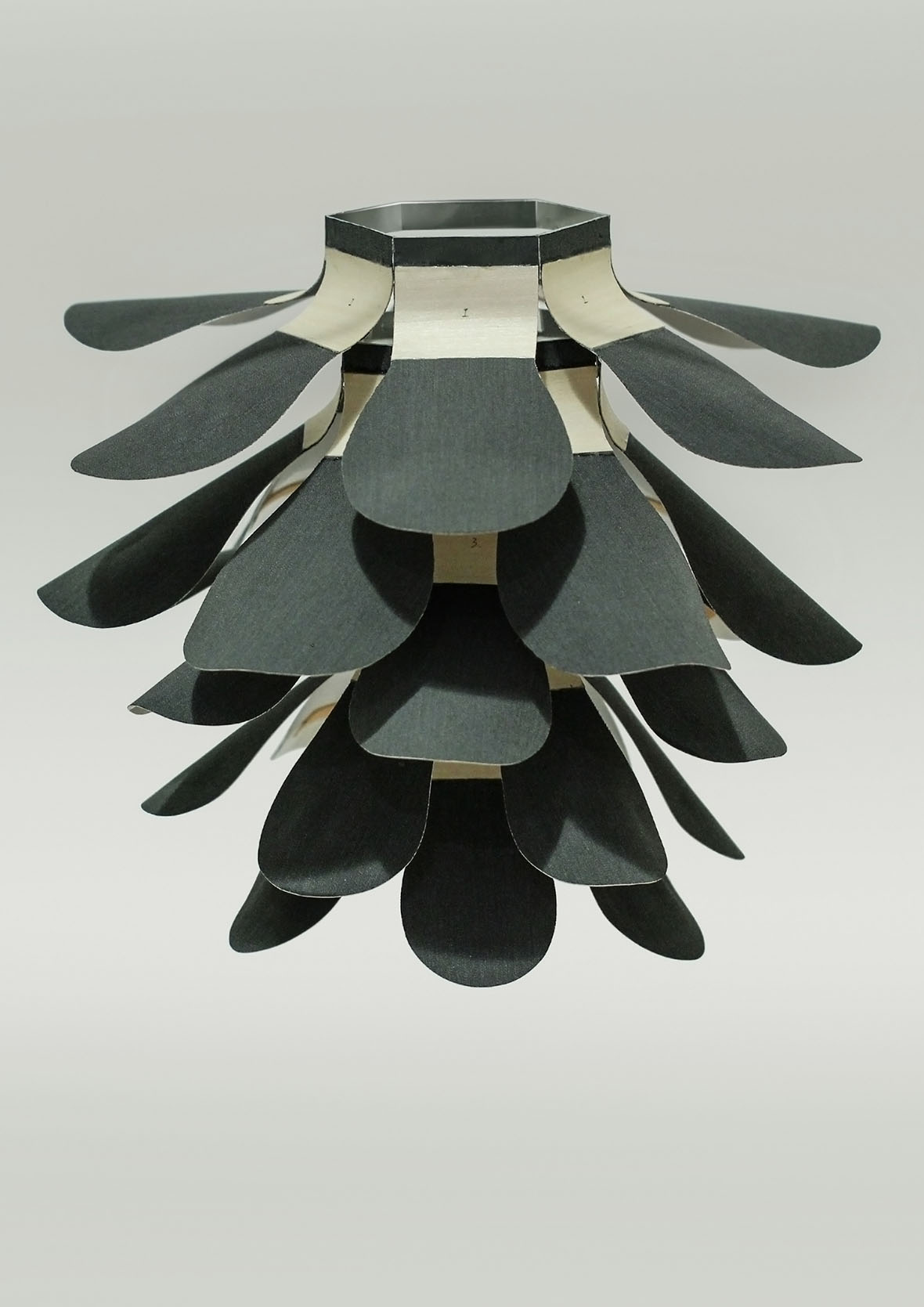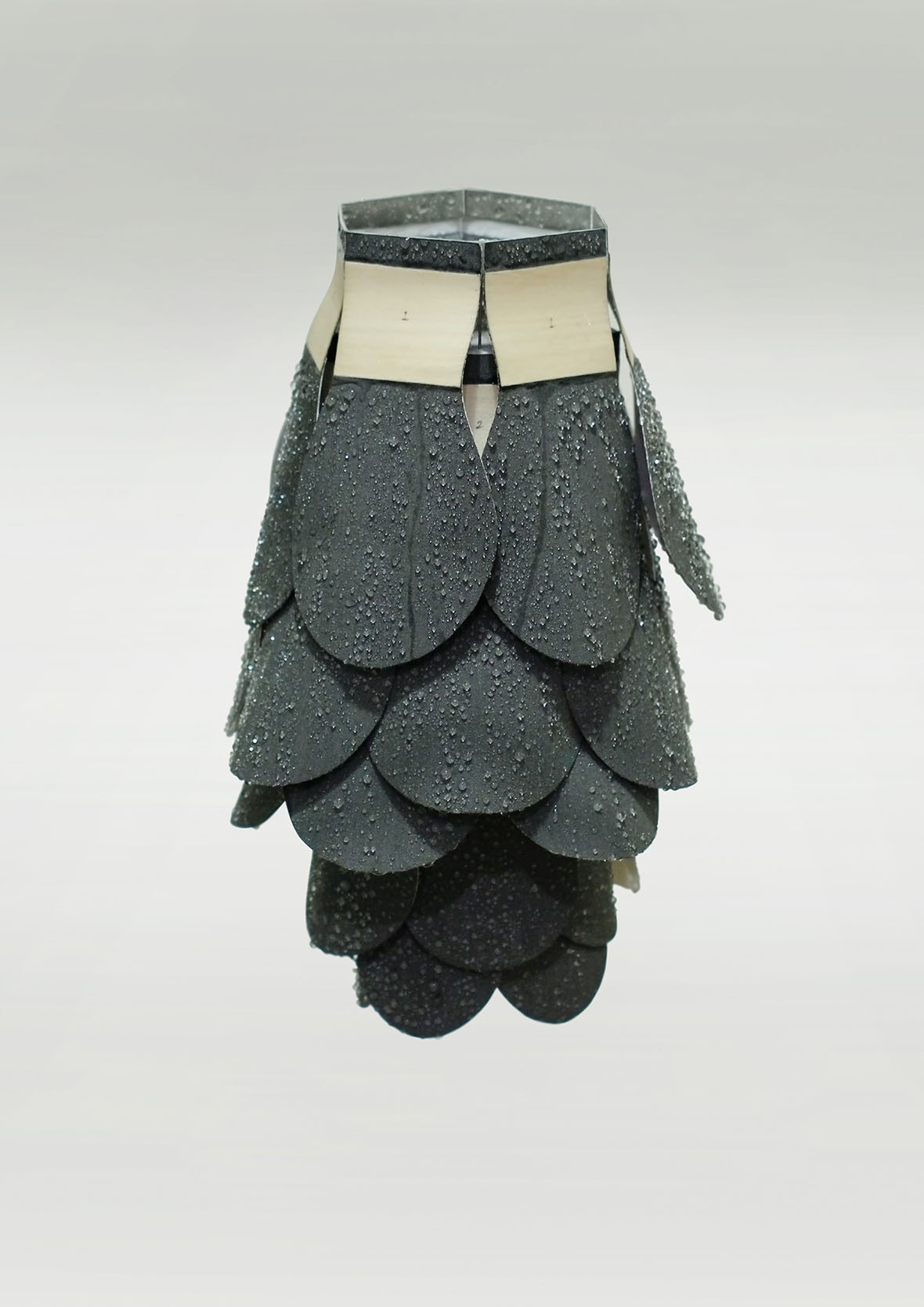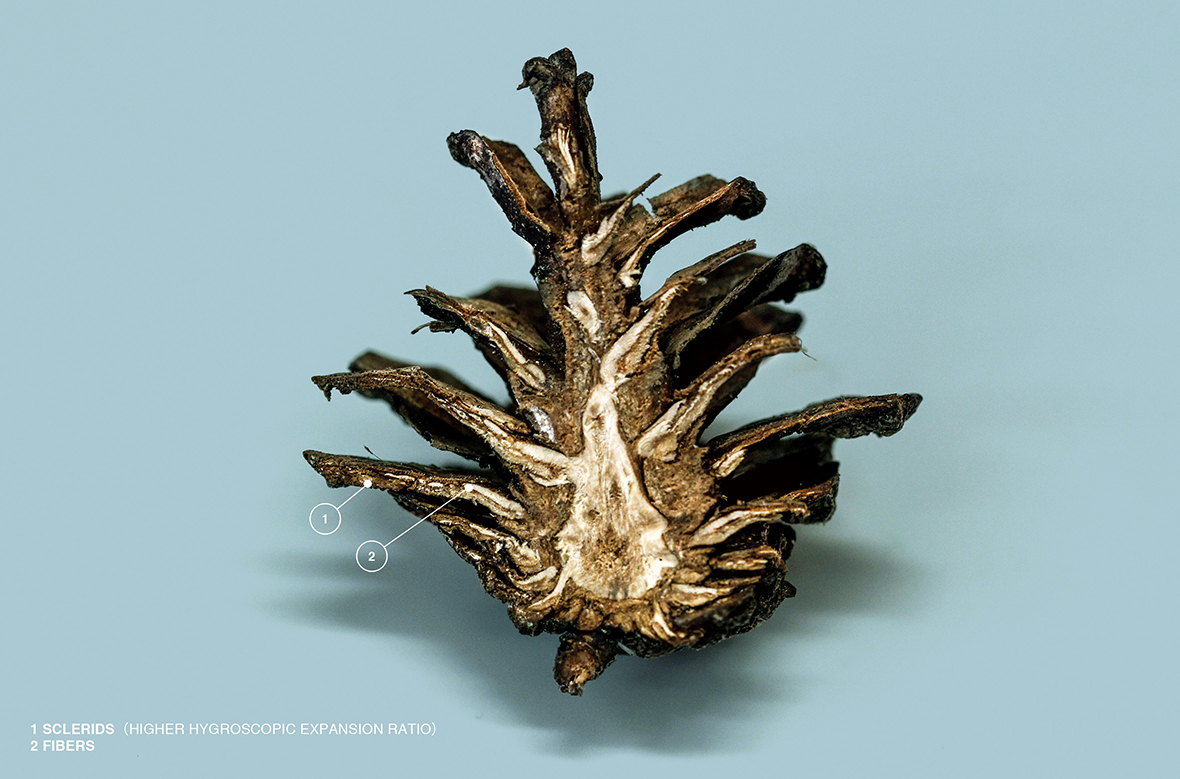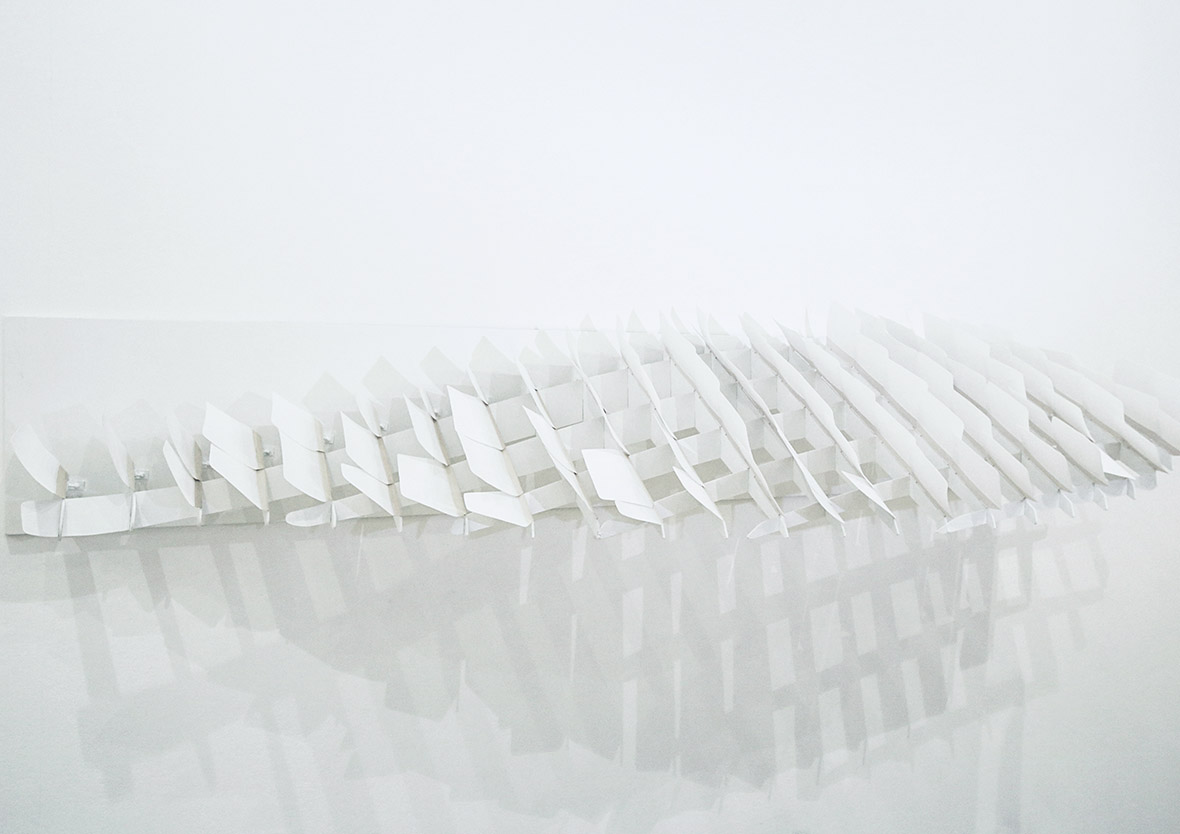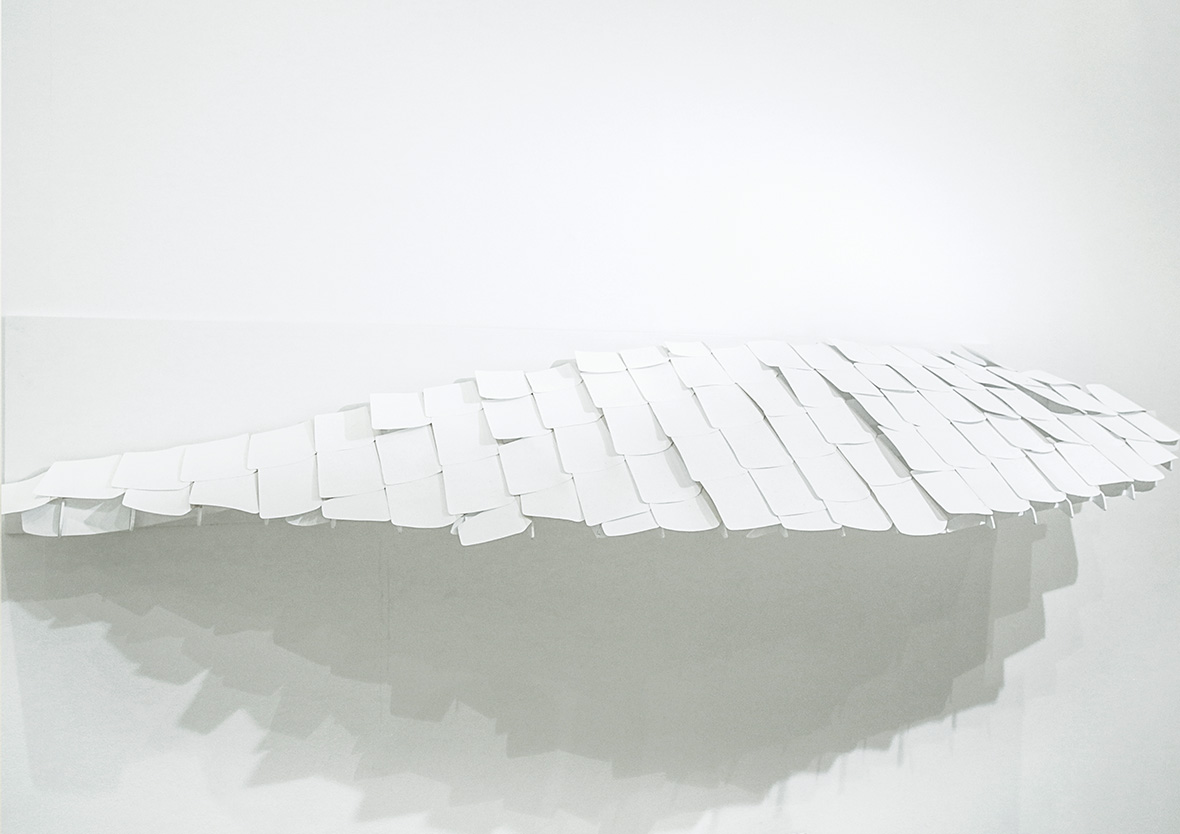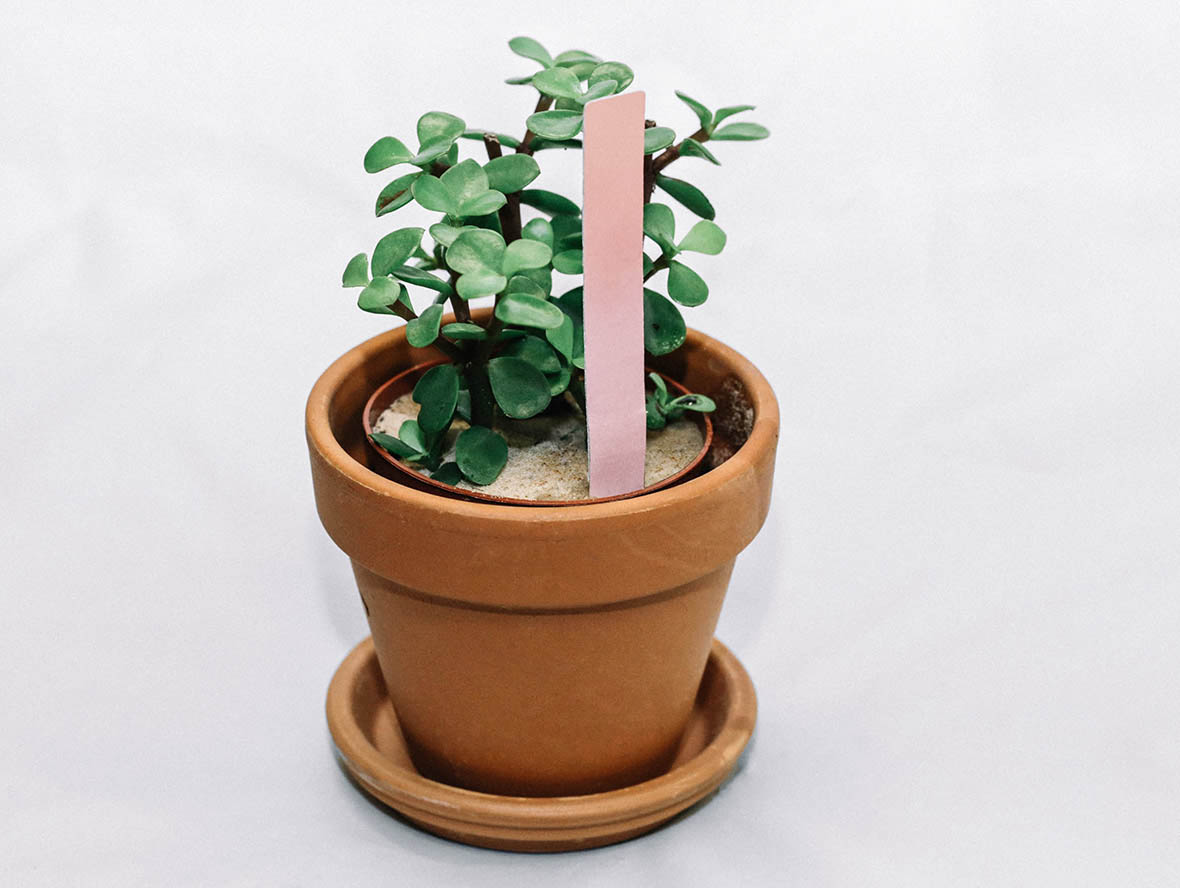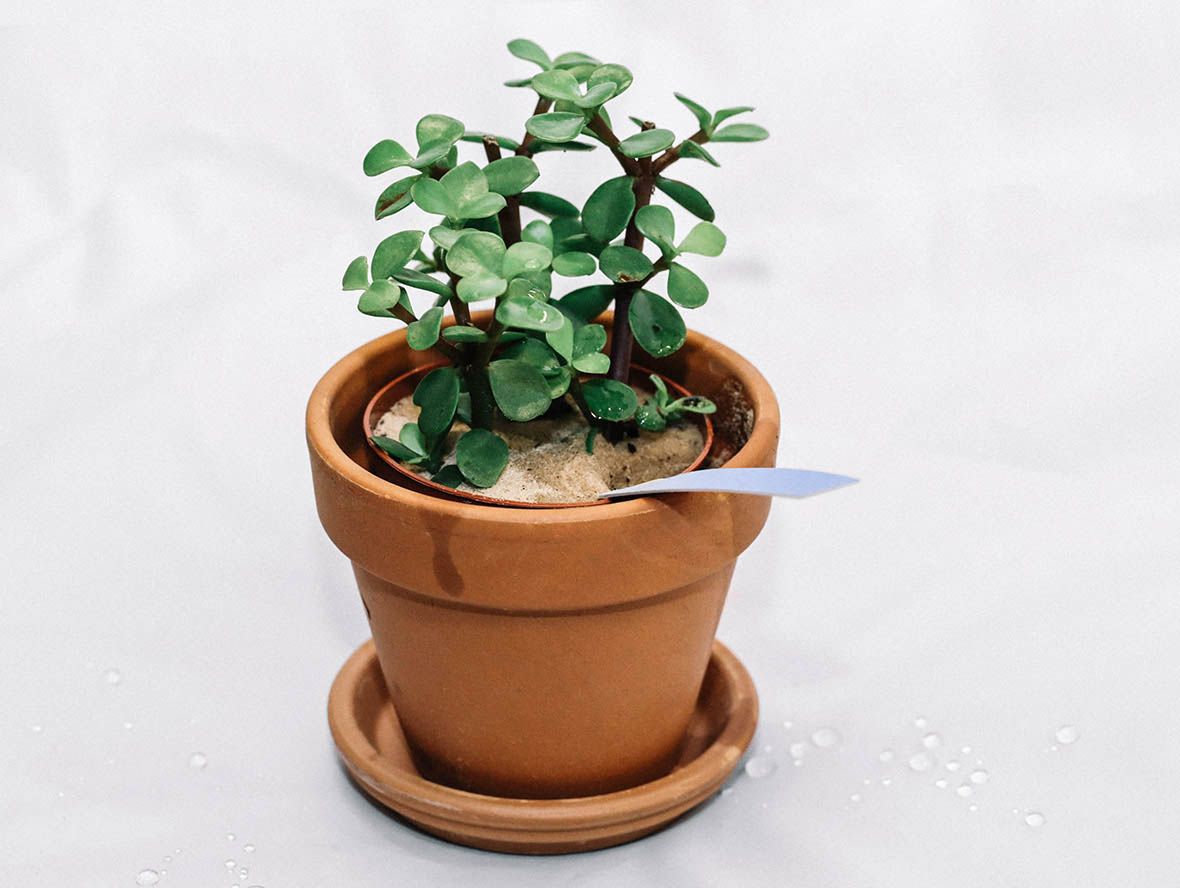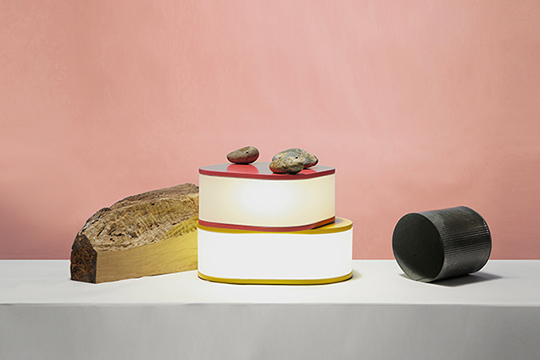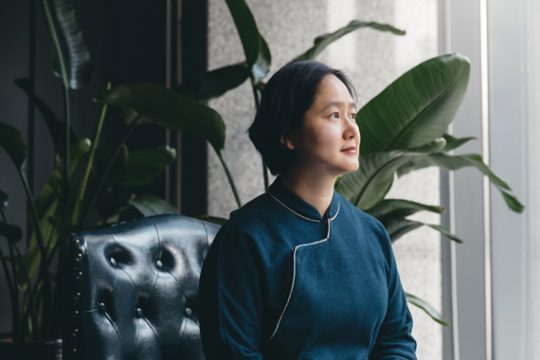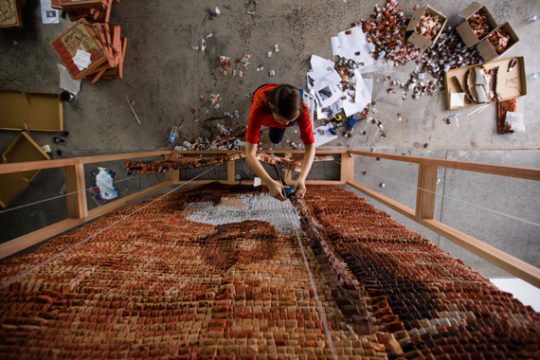In nature, pine cones change with the weather conditions. When the air is dry, they open up their scales to release their seeds, while rain or moisture will cause them to close up. By nature’s design, pine cones have two layers of scales – the exterior layer expands when it comes into contact with water, while dry conditions will cause the two layers to return to normal length, causing the pine cone to bloom.
松塔在潮湿时呈闭合状态,天气干燥时则打开释放种子。这是因为它的鳞片具有双层结构,外层具有更高的吸水膨胀率。这样,在鳞片潮湿时,外层变得比内层更长,让鳞片自动弯曲闭合起来,当它干燥时,鳞片内外层长度恢复,于是松塔也恢复打开的形态。
Chen Chao became fascinated with this phenomenon during his time at the Royal College of Art (RCA) in London. Through observation, dissection, and rigorous research on pine cone behavior, he created a biosynthetic material that mimics the reaction of pine cones to water. The project, named Water Reaction, has three main applications: as a moisture detector in soil for indoor plants, a building surface which changes color in the rain, and a shelter which automatically closes during downpours.
当时还在RCA学习的陈超,经过观察、解剖、实验,与严谨的仿生学文献的支持,发现了松塔这种对湿度的感应,并根据自己的发现设计出一种人工合成材料来模拟松塔鳞片。这就是Water Reaction,即水感应材料。这种材料有3个应用方向: 在雨中自动关闭的挡雨棚、建筑外立面(在雨中改变建筑的色彩)、土壤湿度提示器(室内种植使用)。
Previously, Chen Chao studied at Jiangnan University in Wuxi, China, where he worked in product development at the UP Spring Design Studio under Professor Huang Hao. At the time, Chen Chao’s work focused on local culture and natural resources including bucaro, bamboo, and cane. After becoming recognized for his work and receiving a Red Dot design award for design concept, Chao wanted to further expand his craft. Following in the footsteps of legendary English designers Jasper Morrison and Thomas Heatherwick, he also went to RCA, where he completed studies in Product Design.
陈超,近期毕业于英国皇家艺术学院 (RCA) 产品设计专业。此前在中国无锡的江南大学学习,期间曾参与导师黄昊老师壹分之贰产品设计工作室的组建与产品开发工作,专注研究地域文化与资源 (紫砂、竹、藤),并以此为根基进行设计。虽已投入实际设计工作,在自己的作品获得红点设计大奖设计概念奖等奖项之后,他仍抱着想看“高山”的心态,追随Jasper Morrison、Thomas Heatherwick两位设计大师的脚步前往RCA。
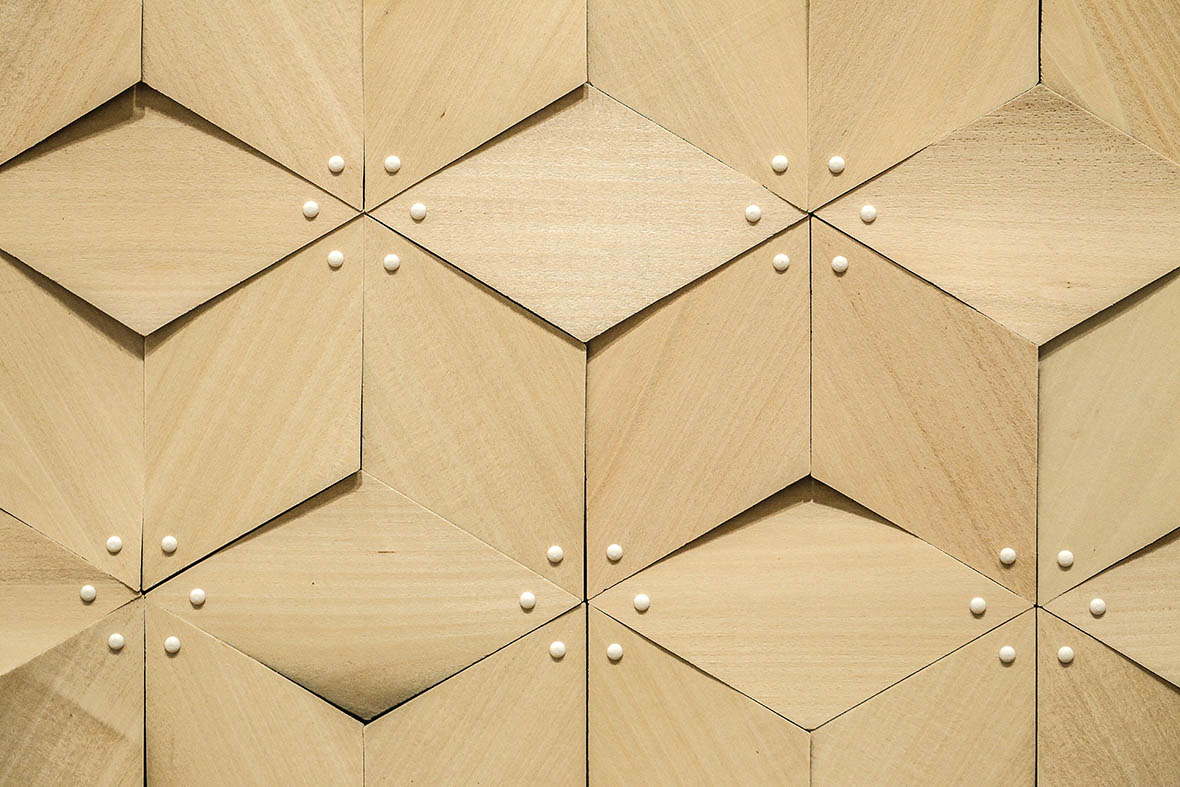
The Water Reaction concept came about during Chao’s first year at the RCA in a class called “Curiosity.” Over the course of his studies, he would be exposed to new patterns of thinking, using individual perception and exploration of personal interests as the foundations of his process. This kind of approach was a “fairly experimental” departure from his previous training in China, which tended to start with a conclusion and end with a design. For Chen Chao, these two methods are analogous to Eastern and Western medicine, which are each inspired by their own respective environments, with neither being superior to the other.
Water Reaction的起点正是他在RCA一年级时一个叫“好奇心”的课题。在RCA的两年学习带给了陈超设计思考和方法的改变,让他学会以个人感性化的兴趣为设计起点,再用“比较实验”等理性非跳跃的研究法引出设计产物,在设计探索中贯彻创造性与逻辑性。这与之前接到项目先根据自己的判断来揣测结果再用设计语言去表达的方式很不一样。不过在他看来,这两种方法比较像西医与中医思维的关系,皆是适应相应环境的产物,无关好坏。
Regarding the future of Chinese design, Chen Chao believes that the “Made in China” era is at a turning point. The manufacturing sector, economy, society, and education system of the country have all matured to bring about a new era of “Designed in China.” Chao will return to Beijing to lead new research projects, always looking towards nature and life as supreme principles. Currently, the Water Reaction project is still in its prototype phase, and needs development to address real-world issues such as strong winds, heavy rainstorms, and freezing temperatures. Like the future of Chinese design, it should be worth the wait.
谈及中国产品设计的现状和未来,陈超认为,“中国制造”正面临向“中国设计”转型的过渡期。当下制造业的成熟,社会经济与教育的发展,都将促进设计的蓬勃。他本人即将回到北京工作,日后也会带领课题进行设计研究,并会一直以自然和生活为“上师”。他设计的水感应材料,虽还处于可以工作的原型阶段,并需要克服在室外(强风、骤雨、急冻)使用时的耐久度问题,但和中国设计的未来一样,值得我们期待。

